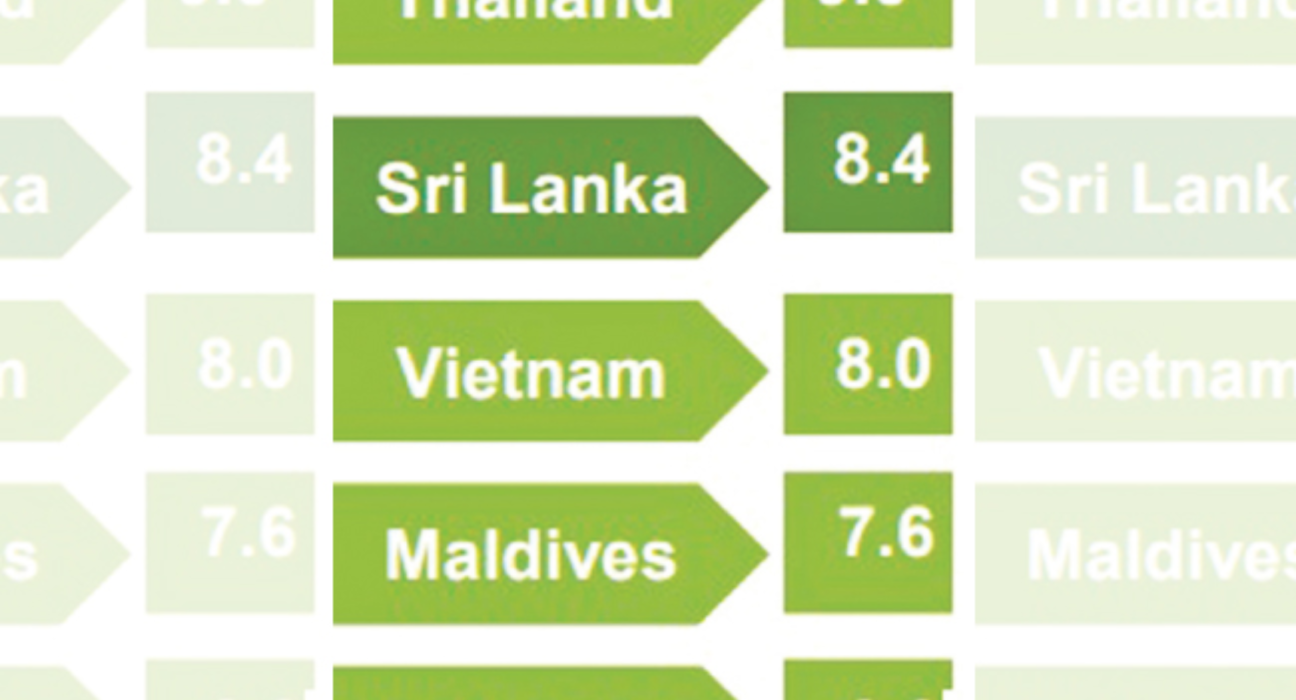The tourism sector in Sri Lanka is on a positive trajectory, with projections indicating that tourist arrivals will surpass the 2 million mark by the end of 2024 and are expected to exceed pre-pandemic levels by 2025. This resurgence in tourism has been consistent since the fourth quarter of 2023, signaling a robust recovery for the hotels and tourism industry.
According to a review by First Capital Research titled “Travel Boom with Rising Trends,” Sri Lanka started 2024 on a positive note, welcoming more than 200,000 arrivals for the first three consecutive months. However, a slowdown in tourist arrivals is anticipated with the conclusion of the winter season, although a potential pickup is forecasted for July 2024 based on historical trends.
One notable shift is that Sri Lanka has surpassed the Maldives in tourist arrivals for the year-to-date (YTD) figures of 2024. This surge is largely due to an increase in Indian travelers visiting Sri Lanka, following a diplomatic issue between India and the Maldives that led to a boycott of the Maldives by Indian tourists.
As Sri Lanka’s primary source markets like India, Russia, the UK, and China strive to reach pre-pandemic outbound tourism levels, there’s an opportunity for the country’s tourism sector to focus on regaining its presence in these key markets. The depreciation of the Sri Lankan Rupee (LKR) has also made holidays in Sri Lanka more financially feasible compared to pre-pandemic times.
Additionally, Sri Lanka stands out among 50 countries offering digital nomad visas as the best value for money, with an average monthly cost of living at USD 624. This affordability factor highlights the need for further development initiatives to enhance the country’s tourism offerings and extend visitor stays, maximizing economic benefits. Although the average duration of stay in Sri Lanka has slightly decreased compared to 2022, efforts are being made to prolong visitor experiences and boost tourism revenues.
